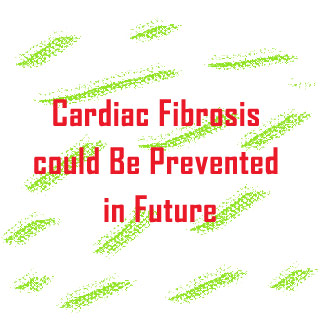
When an internal or external organ of our body, even a tissue is hurt or meets with an accident and gets wounded, fibrous connective tissues form over wounds, which is a healing process of our body in response to the wound. These tissues look like a scar. When there is excess formation of scars or connective tissues leading to hardening of the organ, it is called ‘Fibrosis’.
To prevent or reverse fibrosis, Paul A. Insel, M.D., UCSD professor of pharmacology and medicine, and principal investigator of the study, and his team have explored the mechanism of previously known cAMP, a messenger molecule inside cells that can block fibrosis in the heart. “An old heart is a stiff heart and some injured hearts are stiff as well. Much of the decrease in cardiovascular function that occurs with aging or, in some patients after a heart attack, can be explained by fibrosis. We wondered: What is responsible for excessive fibrosis? Is there a way to decrease or possibly reverse it?†said Paul.
Insel and his team have discovered that a molecule Epac (Exchange protein activated by cAMP1) mediates the actions of cAMP and regulates other proteins contributing to cell division, cell death, migration and mobility. “We found that Epac activation exerts a very important impact on the function of fibroblasts, the cells responsible for making and secreting collagen and thus for producing tissue fibrosis,†said Insel. “Most exciting was our discovery that multiple agents that promote fibrosis decrease the expression and activation of Epac in fibroblasts from several different tissues – not only in the heart but also in lung, liver and skin.â€
The experiment was done by culturing fibroblast cells in ways that showed alteration in Epac’s mechanism. Epac was stimulated using adenoviral construct. “Using this strategy to overexpress Epac, we produced an anti-fibrotic effect, thereby inhibiting the synthesis of collagen,†said Insel. “Other experiments showed that decreasing Epac expression favored fibrosis; in other words, were pro-fibrotic. Overall, the results show the central role of Epac in determining pro-fibrotic and anti-fibrotic response.â€
Hence by over expressing and stimulating Epac, an anti-fibrotic effect can be achieved that can suppress synthesis of collagen thereby suppressing inflammation. Collagen is a fibrous protein responsible for the formation of connective tissues after an injury.
